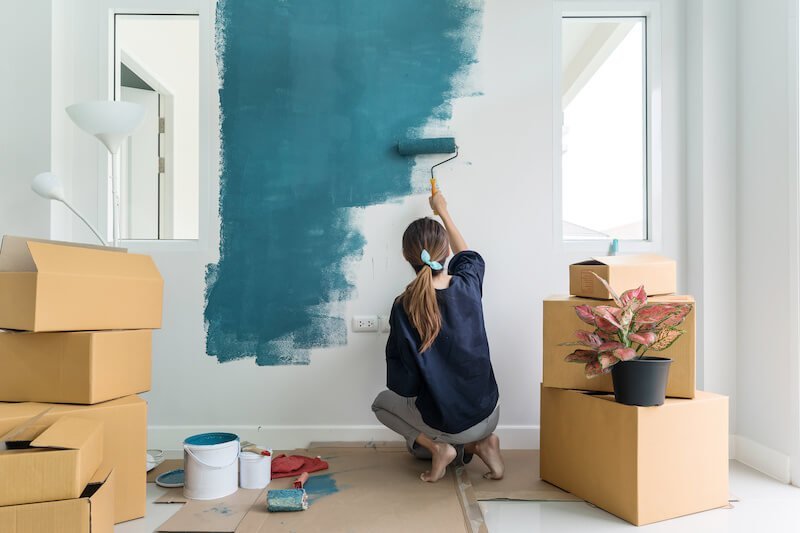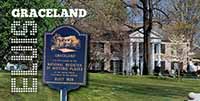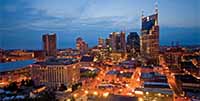
A condominium or condo offers buyers an opportunity to own a home without the sometimes costly maintenance responsibilities that come with a single-family detached house. Most condos are individual units in a mid-rise or high-rise building, similar to an apartment.
Quick Points on Condo Maintenance Responsibilities
Most condos are part of a Condo Owners Association (COA), which oversees maintenance of shared areas and enforces community rules.
COA Maintains:
- Common spaces like:
- Gym, clubhouse, library
- Pool, rooftop lounges
- Hallway and exterior lighting
- Roofs, fences, gates, landscaping
- Parking areas and snow removal
- Limited common elements (check your community's bylaws):
- Balconies, patios, decks
- Entryways and paths
- HVAC units, conduits, and shared walls
- Exterior doors, windows, and garages
Condo Owner Maintains:
- Everything inside the unit, including:
- Plumbing fixtures and minor repairs
- Flooring, painting, cabinetry
- Appliance repairs (if owned by the unit)
- Interior hardware and wall upkeep
What Belongs to the COA vs. the Condo Owner?
The COA acts as the governing body for the owners and must create and keep updated a document called the CC&Rs (Covenants, Conditions, and Restrictions) for the community. All owners should receive a copy and note the section that details what belongs to the COA and the condo owner. This impacts maintenance responsibilities.
Similar tohow an HOA works, the COA owns or is responsible for maintaining and upkeeping various common areas. The owners of the individual condos typically share these areas, but the unit owners are not responsible for the maintenance.
The areas include but may not be limited to:
- Fitness room, gym, workout rooms
- Clubhouse, meeting rooms, library, business center
- Swimming pool, splash pads, sun deck, lounge area
- Rooftop lounge/deck
- Lobby lounge, welcome area
- Lighting in hallways, common areas
- Roof, fences, gates
Additionally, condo owners are usually not responsible for maintaining the building's exterior, including landscaping, walkways, and parking areas. In climates where snow removal is needed, the COA handles it.
The fees a condo owner pays the COA help fund the maintenance and upkeep of the community's common areas. Limited exterior items/areas like the HVAC unit and an attached patio, balcony, or deck are usually the COA's responsibility to fix if something goes wrong, but this may vary depending on the CC&Rs. Unit owners are responsible for everything inside the condo.
Maintenance in Private Units

An owner-occupied condo is a home, a private unit. Each association's governing documents will vary, but in general, the condo owner is responsible for most maintenance within the unit, meaning there may be times to call a plumber. Maintenance jobs will vary, but a condo owner will need to handle several, just as an owner of a single-family detached house would.
These often include:
- Plumbing issues: stopped-up sink, leaking toilet, broken pipes
- New fixture installations: faucets, showerheads
- Hardware replacements: cabinet pulls/handles, interior door knobs
- Repair or replacement of flooring: carpets, hardwood, tile
- Annual fireplace cleaning/inspection and any repairs needed
- Painting and restoration of the walls, ceiling, and trim
Some plumbing issues may fall to the COA, but it will depend on what the governing documents/CC&Rs state.
If appliances came with the condo when purchased, those items are the condo owner's property, not the COA's. If an appliance needs repair or replacement, it is the condo owner's responsibility. This differs from an apartment rental, where appliances within the unit typically belong to the management company and are not the renter's responsibility.
While the ownership of a condo comes with interior maintenance responsibilities, one of the benefits is greater control of the condo's interior design than a renter would have.
Maintenance for Common Elements
Any area that serves more than just the individual condo unit owner may be considered a common element. Common elements are the COA's or condominium company's responsibility to maintain, keep safe, upgrade, repair, and replace as needed.
The condo owner doesn't have to worry about taking care of the swimming pool. It's one of the best benefits of owning a condo—throw on a suit and go for a swim without having to worry about cleaning the pool. The COA or condo company maintains the equipment and regular cleaning in buildings with fitness centers. Condo owners don't have to shovel snow, mow the lawn, paint or fix exteriors, or arrange trash removal. These all fall under the common elements.
It's not unusual for the COA to vote among the condo owners to decide which repairs/upgrades take priority. Sometimes, the COA may require a special one-time maintenance fee for a larger project.
Maintenance for Limited Common Elements
The maintenance, including repair and replacement, for the limited common elements of a condo community is usually the COA's responsibility. The limited common elements are often outside the private unit but may also be within the interior. While called "common," some of the following elements may be used solely by the condo owner:
- A private balcony, patio, deck, and terrace
- Entryway, path, and architecture that serve the individual condo
- HVAC units
- Flues, conduits, ductwork, and wiring in the condo
- Shared and/or bearing walls and columns
- Exterior doors and windows for that particular unit
- Private garage, assigned parking space
If the railing on the condo's balcony loosens, the condo owner can report it to the COA (or condo company if the building does not have a COA). This falls under limited common elements and is not the condo owner's responsibility. Likewise, the COA handles the maintenance if a shared or bearing wall suffers damage. Window cleaning for interior glass is usually done by the condo owner, but the exterior glass cleaning is not.
While often considered limited common elements, HVAC unit maintenance may be the condo owner's responsibility. It will depend on the condo community and its CC&Rs.
What Happens if a Common Element Damages Private Property?

In a condo building, it's always clearly written who is responsible for what regarding repairs and maintenance. But what if a common element causes damage to private property? For example, if the roof leaks and lets water into a unit that causes damage to the drywall, carpet, and your album collection, who is responsible for repair costs? Whether caused by deferred maintenance or an unavoidable storm, private property was damaged because of a common element.
In cases like these, the COA would typically use insurance to cover the cost of repairing the damaged common element, leaving the condo owner responsible for any remaining damage in the unit. The COA board may also hold a vote to decide if they will assist with repair costs in situations like these. Remember to check your condo's CC&Rs to see if they have any rules about this type of situation, because they may already state how these instances are handled. If they don't, it may also provide an opportunity to file a lawsuit if you think the damages are worth going to court over.
FAQs About Condo Maintenance
How does maintenance work in a condo?
Maintenance is divided between the condo association and unit owners. The association handles common areas like hallways, roofs, and amenities, hiring contractors and managing upkeep through collected fees. Owners are responsible for maintenance tasks in the interior of their units, including appliances, fixtures, and sometimes interior walls.
Special assessments may be charged for major repairs outside the budget.
How much is a condo maintenance fee?
Monthly fees vary by location, amenities, and building age. On average, condo fees range from $100–$300 for basic units, $300–$600 for mid-range, and $800+ for luxury properties.
These fees typically cover insurance, water, trash, security, common utilities, and reserves for future repairs. While they exist for a reason, the fees are often considered a drawback of living within an HOA.
Who is responsible for structural issues in a condo?
The condo association usually handles major structural components such as roof repairs, foundations, and exterior walls.
What repairs are condo owners responsible for?
Condo owners must maintain and repair everything inside their units. This typically includes appliances, flooring, interior walls, cabinets, plumbing fixtures, electrical outlets, and any damage caused by their negligence.
What if private unit damage affects more than one unit?
It depends. If, say, your unit floods because of negligence on your part and it damages the units around you, then you may very well be responsible for all of the repairs. Otherwise, it is likely the association's responsibility. Be sure you read your community's rules.
Make Sure You Understand Condo Maintenance Responsibilities
Maintenance-free is a term often used for condo and townhouse communities. It generally means the unit owners are not responsible for exterior maintenance, snow and trash removal, landscaping, and mowing like they would be at a single-family home.
The maintenance responsibilities for condo owners are fewer but not maintenance-free, which should be taken into consideration whendeciding to own or rent a condo. If the responsibilities and maintenance costs of owning a single-family detached house seem daunting, a condominium may be the way to go.



